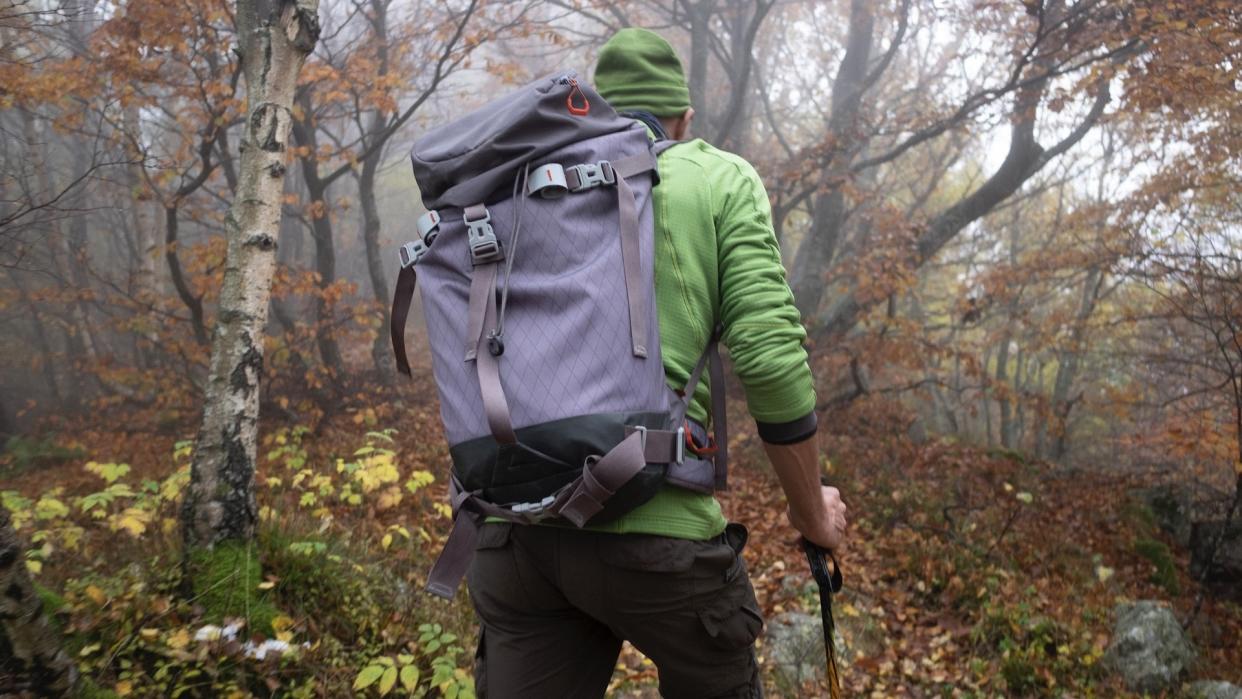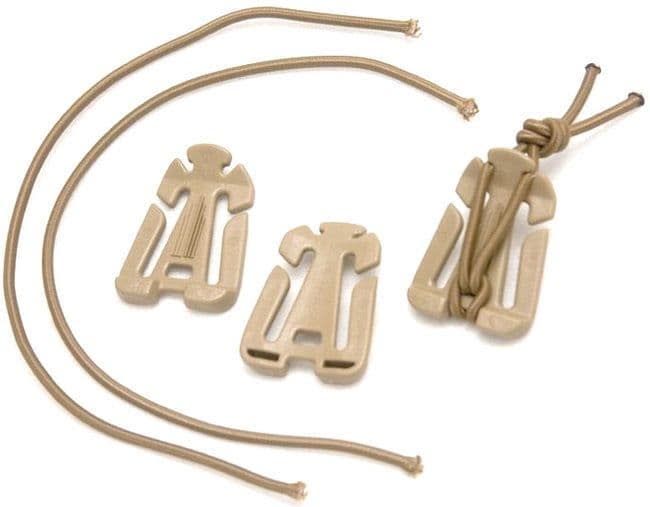Struggling with annoying and flappy backpack straps? Here are 8 easy solutions

I have no idea if it is my physique or the generosity of the companies that make backpacks for running and hiking, but I often end up with an excess of straps. This can be the shoulder straps, hip-belt straps, or the sternum straps.
At best, the extra long straps flap around annoyingly when I hike or run. It is irritating to feel the straps flapping loosely against my jacket or legs At worst, in high winds, I have been slapped in the face by an excess of strap on my hiking backpack. It was a lot more painful than you might think.
The obvious answer to this problem is to shorten the straps to suit your own requirements. Obviously, you don’t want to shorten them so much that you render them useless should you suddenly need an extra few centimetres of strap.
It's important to take care when carrying out any modifications to the straps to ensure that you allow for extra layers of clothing and also a more heavily laden pack. Both of these examples will often require a bit of extra length of backpack strap.
Another rather obvious point to make is that it will not be a good idea to cut the straps with scissors and then just leave them. If you do this, you’ll end up with the straps, which are often made of a nylon material, fraying.

Tie them up
If the straps are very long, you could simply add some knots, such as half-hitches, to the webbing to reduce the length. Alternatively, you could tie together two loose strap lengths, although this might make it difficult to take off the pack.
Velcro tape
You can neatly fold or roll up the excess backpack strap and secure it with Velcro tape (or a generic, unbranded hook-and-loop tape). You can purchase Velcro tape in different widths from Amazon, so choose the right size to fit your backpack straps.

Other tape for fastening
If you don’t want to buy Velcro tape, you could use electrical tape or the ubiquitously useful duct tape.
Rubber bands

Rubber bands, or hair bands, can be very useful for securing excess straps, however you need to be careful that these don’t become loose and end up being left on the trails. Rubber bands can be harmful to animals if digested.
Recycle an inner tube
If you have an old bicycle inner tube, you could cut thin rings and use these like rubber bands to fold away and secure excess rucksack webbing. Again, make sure the bands are tightly secured to avoid dropping the rubber when outdoors.
Trim and melt
This needs to be done carefully, but it's often possible to trim the excess nylon strap and then gently melt the end with a flame, such as a lighter, to stop it fraying. It's a good idea try this method on an old piece of webbing strap first to avoid damaging your favourite backpack.
Trim and sew
If you want to trim the ends of excess straps, you could then secure them and stop them fraying by stitching the ends with strong thread and by using a sewing machine.

Buy a gadget
There’s even a gadget specially made of this problem. It’s called a web dominator, and can be bought in a pack of four for $10 on Amazon. The elastic-and-clip attachment allows you to secure loose straps, shorten straps and manage any aspects of kit and clothing that you need to secure.
Hopefully one of these ideas will be useful for dealing with annoyingly long backpack straps. Happy hiking!
Best hiking sandals: lightweight, breathable footwear for summer adventures

